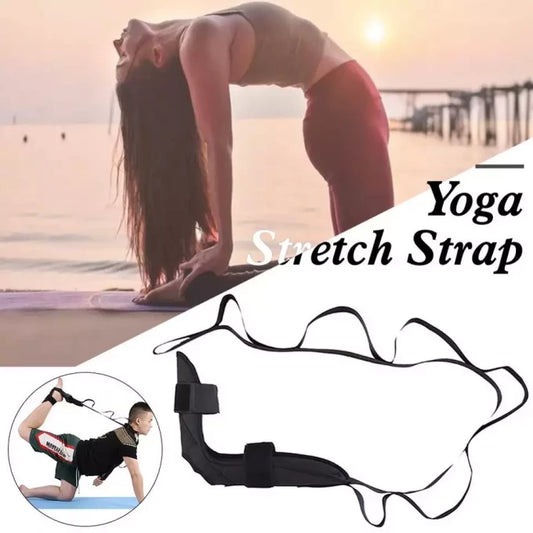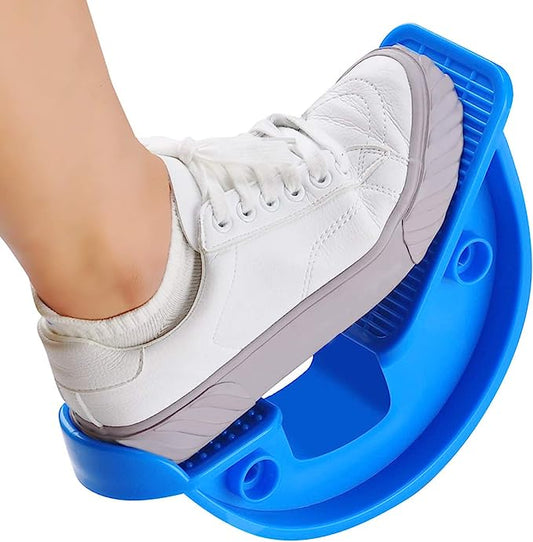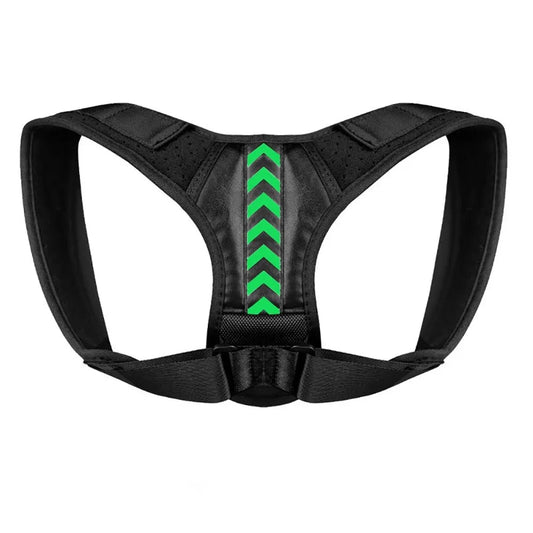I consider the Jefferson Curl an essential component of my life and my training. It is as important as breathing. And my aim is to do Jefferson Curl’s daily.
Many people have never heard of this movement and that’s because it’s been hidden from the masses in gymnastic strength training regimes for decades. Recently gymnastic strength training has increased in popularity because of its profound positive effects on strength and mobility.
Why you ask? Because it works ! There is no better combination of mobility and strength work as in gymnastic strength training. The body thrives when you give equal, balanced attention to its mobility and strength components. So I have decided to share a daily practice of all gymnasts (and myself) known as The Jefferson Curl.
This movement will change your life (as it did mine). It will heal your spine and get the juicy goodness flowing through every vertebrae in your spine. It will ensure a mobile healthy spine and strong supporting muscles and fascia. Here’s the lowdown:
Human beans spend the large majority of their lives hunched over computers/phones/desks/remotes and other devices (much like I am now typing this blog post). This creates a chronic condition of posterior weakeness (otherwise known as a weak back coupled with inactivated core muscles). Over time this inevitably leads to lower back pain (and sometimes chronic neck problems). The aim is the counteract the time spent in an unnatural forward bent position. The questions is how?
A distinguishing feature present only in gymnastic strength training is that of weighted mobility. By using incremental increases in weighted stretches you achieve superior mobility whilst also increasing your supportive body strength. One of the most beneficial techniques of weighted mobility exercises is the Jefferson Curl. Jefferson Curls will strengthen your posterior chain whilst also increasing the mobility of your hamstrings. This is a sure way to cure back pain and keep it at bay for the long term. It is also an incredible complement to any training program, so it’s a ‘one size fits all’ kind of exercise.
Jefferson Curl Technique (A step-by-step guide)
The Jefferson Curl is a weighted strength AND mobility exercise. I do caution you to start off slow and with very light weights (unweighted if you have had previous lower back problems). You should begin the exercise for the first time with no weights at all so you body and nervous system can feel the movement before you start adding any weights. It is also essential to keep your core (those lazy tummy mucles) and your gluts (equally lazy butt mucles) engaged throughout the exercise.
Begin by finding an elevated surface that is stable and wide enough to accommodate your feet without your toes rolling off the front edge. I use a conventional gym step, but you can try a box or bench. Whatever works and whatever you have handy will do. For the weights you can get creative, but for best results I recommend barbells, kettlebells or a weighted bar. Start your movement by tucking your chin and looking into your chest. Imagine your spine is a string of pearls and you are slowly curling each vertebra, one at a time, as your head decends towards the ground. The slower your move, the better. Take your time and focus on feeling your body as you do move through each stage. As your flex your spine and lower your body down, be sure to keep your body weight evenly distributed on the balls of your feet (so don’t rock forward onto your toes, and don’t keep leaning back onto your heels). Also try not to lean your hips backward, so tuck your bottom in to accentuate the stretch into your hamstrings.
When you are nearing the limit of your stretch, you should aim to keep your spine in one uniform, curved shape with your back as flat as possible. It’s really useful to get a friend to video you from the side doing this movement, then you can see where you need to tweak and adjust. Think about activating your belly and sucking it into your spine. A handy trick is to try get your chest to touch your knees, this will keep your back straight while your stretch and will deepen your stretch. It is also quintessential to keep your knees locked and perfectly straight while you [actively] hang out in the weighted stretch position. You will see how I lock my knees further in the video to deepen my stretch at the bottom. Also don’t forget to BREATH.
Coming back up is not a simple reverse of the movement because you are at risk for injuring your lower back if you do not engage the right muscles. So be aware, move slowly and move with STRENGTH and awareness. Suck in your tummy once again and squeeze your butt as tight as you can, this will effortlessly lift you out of the stretch. Focus on each individual vertebra as you reverse your body back up. It is VERY IMPORTANT to keep your chin tucked the entire way back up. The last movement you should perform is untucking your chin and looking forward.
The Jefferson Curl is in my opinion a wonderful exercise that stretches your hamstrings, lumbar fascia and your lower traps. These are all the muscle groups that tend to tighten up and contribute to lower back pain.
How often should I Jefferson Curl?
I personally do Jefferson Curls as a cool down or warm up to every workout I do. They wake up the spine and wake up the body and I can train without injury. However, if you are new to this exercise, I would recommend incorporating it into your training slowly. Start by doing 3 sets of 10 curls twice a week. Your first set can be unweighted (or using an unloaded bar). Each set thereafter, you can add additional weights. You should not be curling more than 2-4 kg initially. So I would recommend your first set being unweighted/unloaded bar (the bar weighing approximately 3-4 kg). Second set 6kg, third set 8 – 10kg. This is all dependant on your individual strength, so see what works for you. Remember it is easy to go down into the stretch, coming out (injury free) is where the risks lie. Work with a weight that allows you to freely move in (and OUT) of the jefferson curl, feeling good and strong.
Only once you are completely comfortable with the movements in and out of your Jefferson Curl should you begin to add more weight. Remain at the same weighted stretch for at least 4 weeks before attempting to add more weight. Mobility should be trained much slower than strength. Your ligaments and muscles take much longer to become accustomed to a certain flexibility range and if you rush your body, you will get injured. Aim to add 2 -4 kg of weight every 4 – 6 weeks. Allow your body the time it needs to move through the load, de-load and stretch required in this movement and you will truly reap the benefits of the Jefferson Curl. Measure your progress in weeks and months, not days!
Please take the time to watch my demo videos, and video yourself doing Jefferson Curls. Enjoy the weighted stretch and I’d love to hear your feedback on how your body has benefited from this truly amazing training technique.




